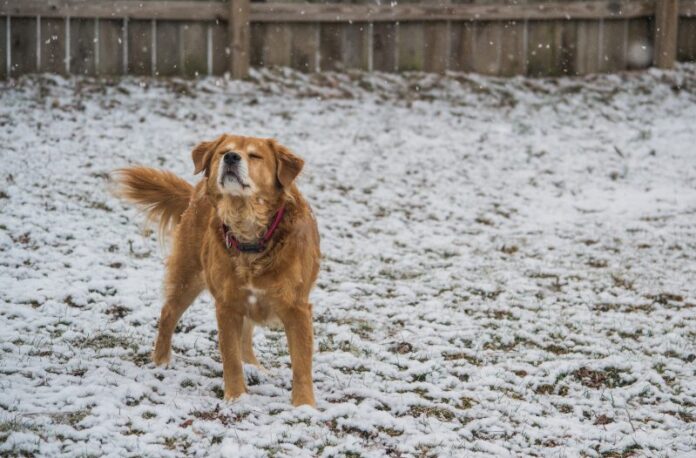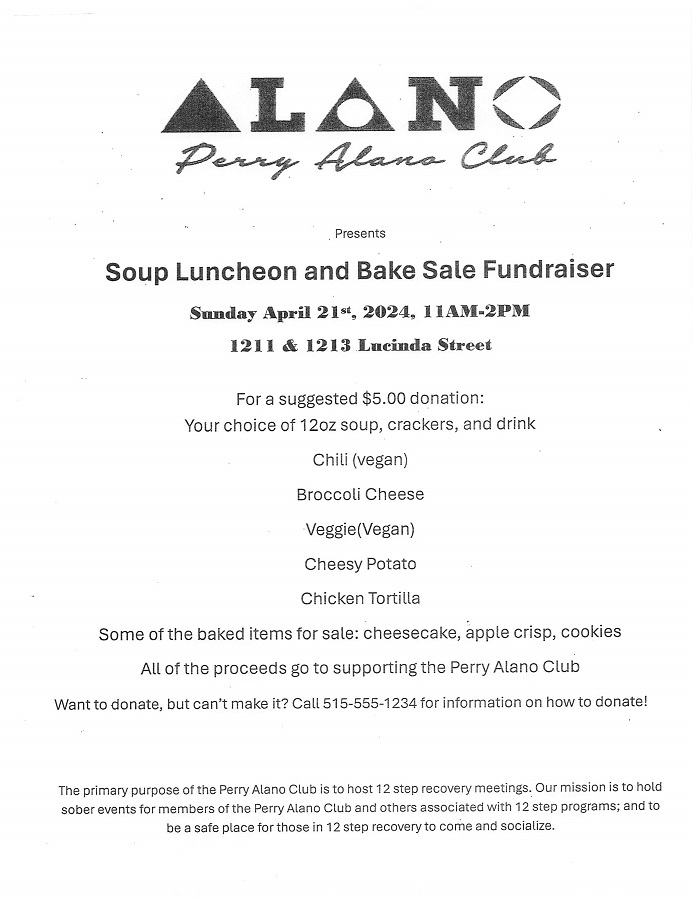AMES, Iowa – Although December and November have been fairly mild so far, colder weather is for sure on its way.
In the meantime, Iowans should make sure the water supply for their house pets and livestock buildings is well protected from freezing.
In the November-December edition of Iowa State University Extension and Outreach’s “Acreage Living Newsletter,” Shawn Shouse, an ISU field agricultural engineer, explained the options and considerations for protecting water sources from freezing.
“Every year in Iowa we face freezing conditions in the winter,” Shouse said, “and those conditions put water supply for people and livestock, and also pets, at risk, along with the risk of damage to equipment and water infrastructure. A little preparation can provide significant protection.”
The three most common approaches, according to Shouse, are adding heat with a heating device, insulating to conserve heat and adding heat by bringing in warm water.
The most basic advice is to empty all water lines that can be emptied, including hoses, sprinkler lines and pasture water lines. Insulation can be added to protect outside walls, and interior insulation can be removed, to allow heat from a heated building to reach the pipes.
In places that are unheated, Shouse gives options such as a small electric heater or heat lamp or the use of long strips of electrical resistance heating cable, sometimes called heat tape.
For livestock water tanks, heaters for troughs, tanks and buckets can be installed where electricity is available. They cost about $20-$50 per unit. If electricity is not available, liquid propane gas stock tank heaters can be purchased for roughly $600.
Shouse said pet caregivers and livestock operators need to keep safety in mind, both for humans and for animals. Most store-bought heaters have safety features that are adequate when instructions are followed.
People should to take action now, he said, before the worst of the cold weather arrives.
“We know that freezing temperatures are coming eventually,” he said. “It’s easy to put things off until the day after the cold snap hits, but by then it could be too late.”

















